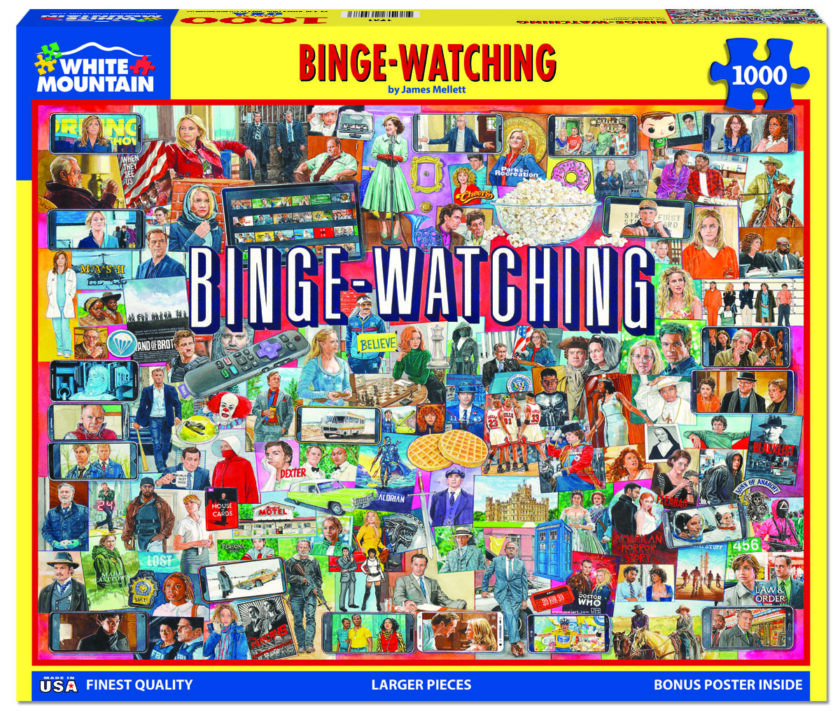What Is Something That Has 1 Head, But Could Have 2 or 3 Heads?
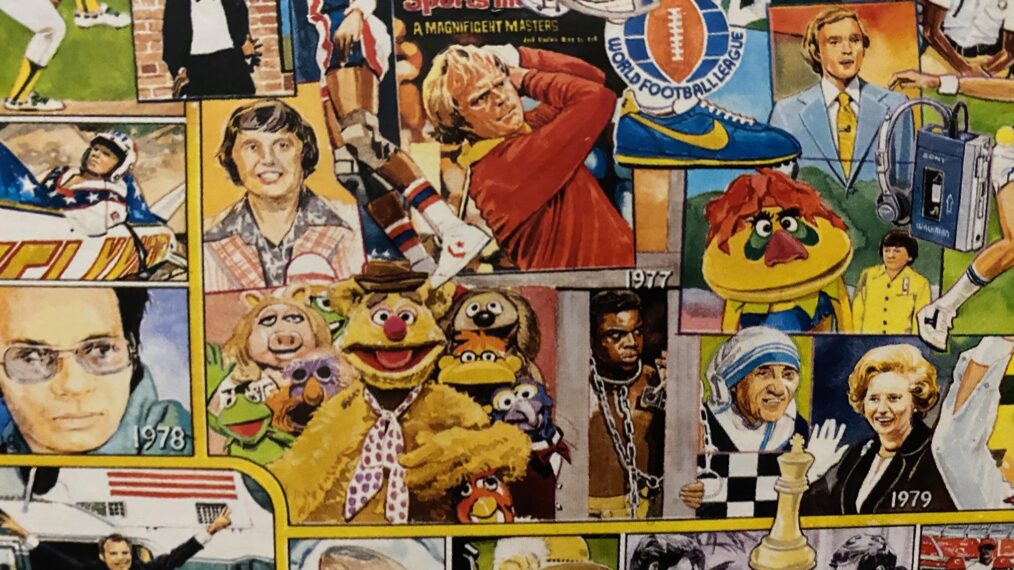
Well, it’s a puzzle piece! Those little nubs that stick out of every puzzle piece are called heads.
Anyone who enjoys the challenge of a good jigsaw puzzle will appreciate the craftsmanship that goes into creating a 500-piece, 1,000-piece, you-name-the-number masterpiece. As January has been deemed National Puzzle Month, we decided to find out a little bit more on the science of making a successful jigsaw puzzle.
It’s no surprise that every good puzzle starts with the art. But it’s personal — some people like landscapes, some people like collages, some like a very busy puzzle, and some people only do a certain type of puzzle, like White Mountain’s James Mellett puzzles. Mellett is a Pittsburgh freelance illustrator who has captured thousands of cultural icons and moments and shrunk them into pop culture collages based on themes (TV History, The Sixties, The Eighties, Rock N’ Roll, Iconic America, Great Americans, Country Music, Binge Watching and more), which are carried by White Mountain Puzzles, a U.S.-based company that has been designing puzzles since 1978 and has an abundant selection of pop culture and nostalgic jigsaw puzzles that we love.
Here are a few things most people don’t know when it comes to puzzles:
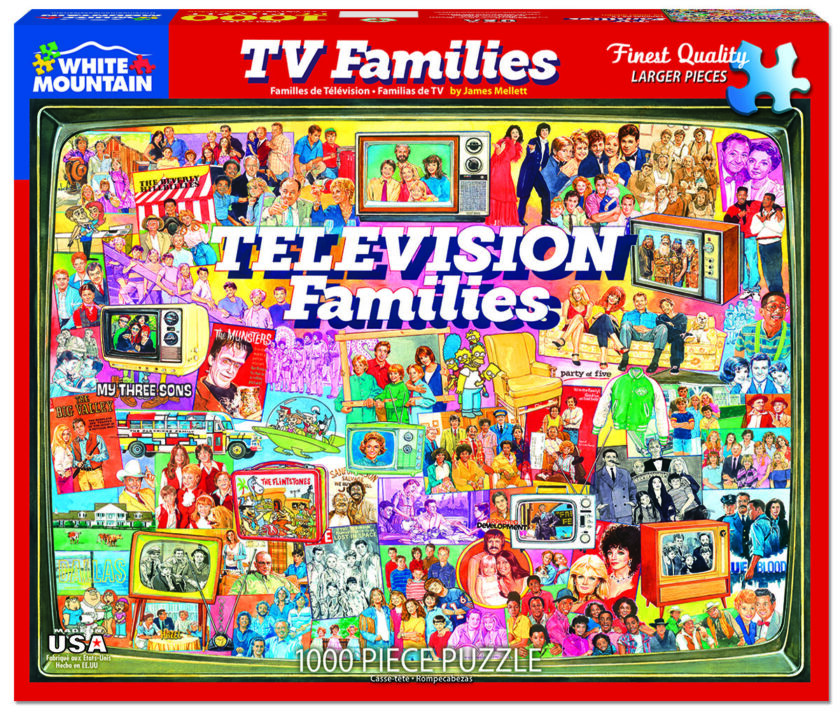
The Image
The image of the puzzle is mounted and glued to a very thick puzzle board. It can take between four and 12 hours for the puzzle to dry depending on the time of year and humidity. For some manufacturers, after this drying process, it only takes about 15 to 20 seconds for the rest of the puzzle to be completed.
The Tools
Cutting the puzzle into 1,000 pieces (or however many pieces) is left to a die cutter. This very expensive piece of tooling is made of very, very sharp metal pieces (knives) that are expertly crafted and hammered into wood backings. This die cutter basically stamps out the puzzle pieces — like one giant cookie cutter.
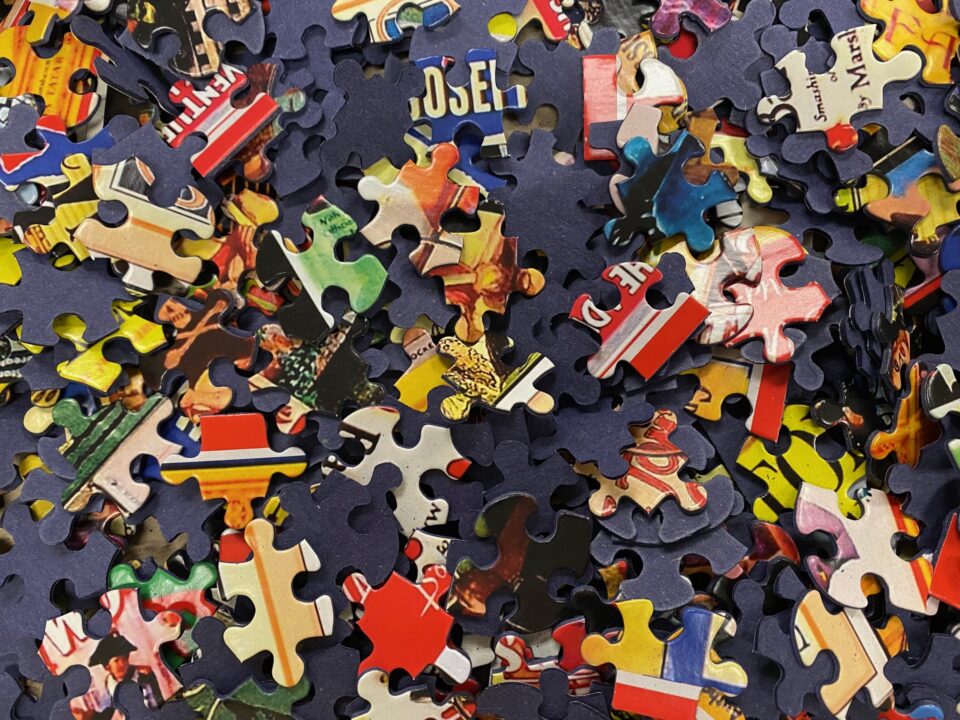 The Shapes
The Shapes
The variety in the shape of each puzzle piece is determined by a “die line.” Some puzzle manufacturers use a variety of different die lines, others stick to one or a few. This line is the outline of how the pieces will be cut. Do you ever find a really odd piece when you’re completing a puzzle? Those are all unique little dies.
The Die
Die making for puzzles is a specialty. There are not many commercial die makers out there. While dies are used in countless industries, puzzle dies are definitely a niche. “When you manufacture one of these dies, they cost a lot of money. Dependent upon the number of pieces and the overall size of it, they can be as expensive as $12,000,” shares Mark Nappa, from Kirkwood Printing, a major puzzle manufacturer. “And they don’t last forever because these are knives and they get dull, worn out, and then you need to retire it.”
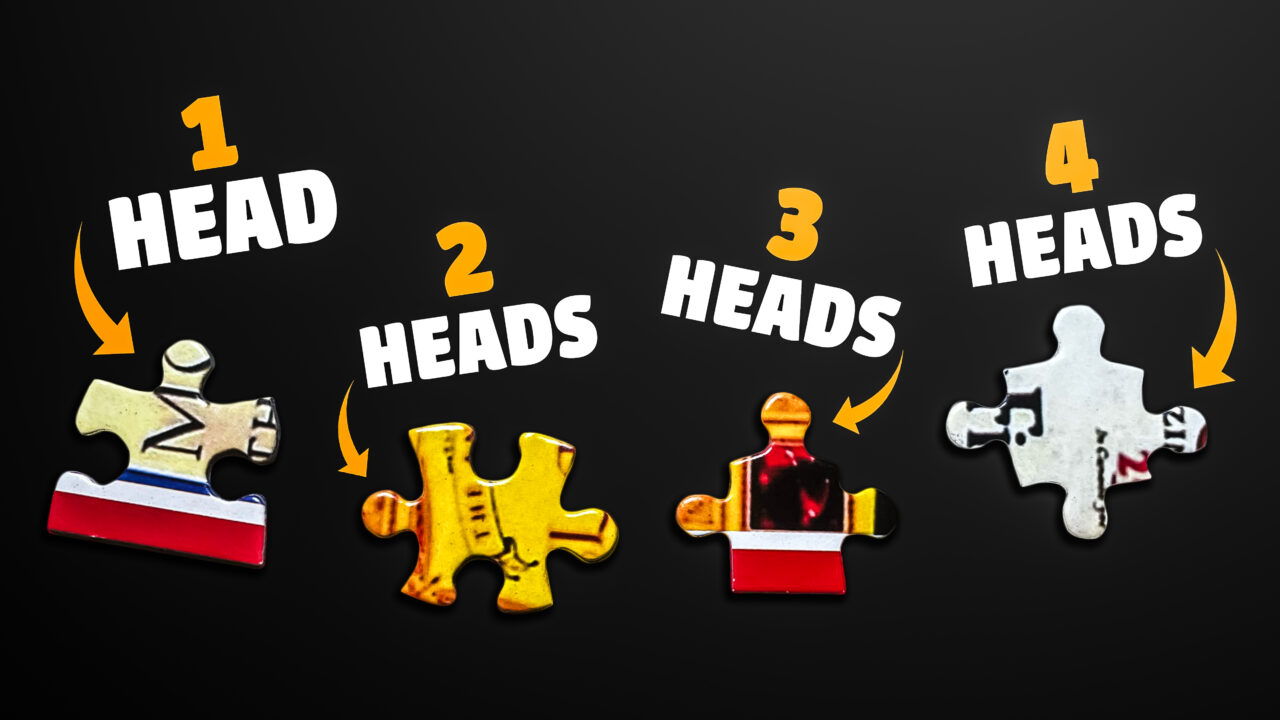
Colton Tisdall
The Head
Every puzzle piece has at least one head. The head is that tiny round nub of the puzzle; there’s usually one or two or three of them on every piece.
Now go out and celebrate National Puzzle Month by completing one yourself!
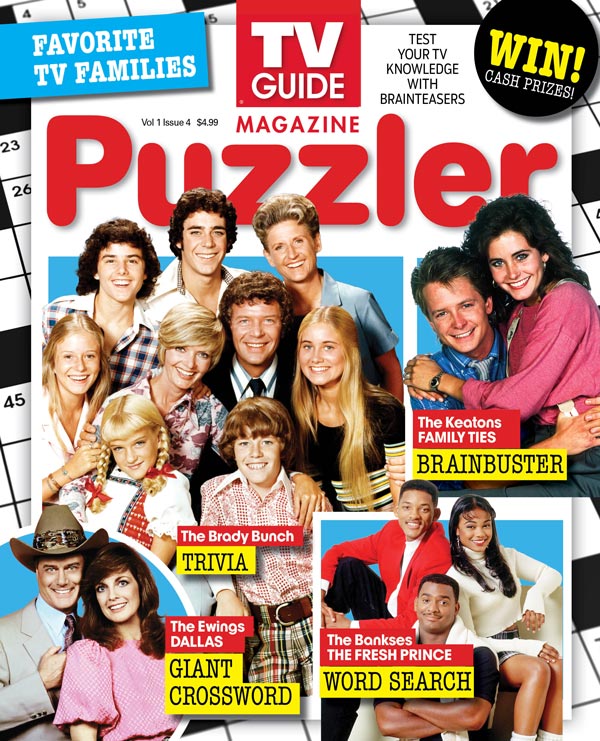
Favorite TV Families
December 2020
Who was your favorite TV family? We cover the decades, from the Cleavers, Waltons and Brady Bunch, to the Ewings and much more!
Buy This Issue
